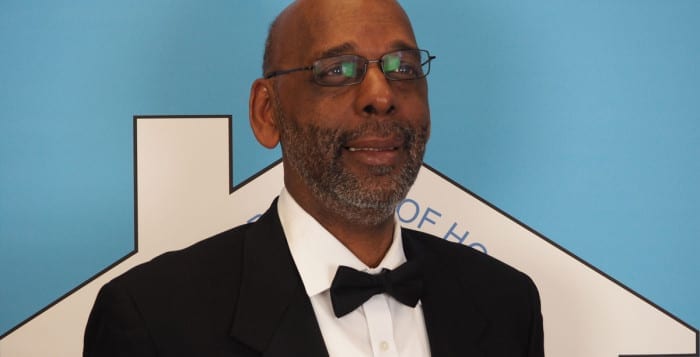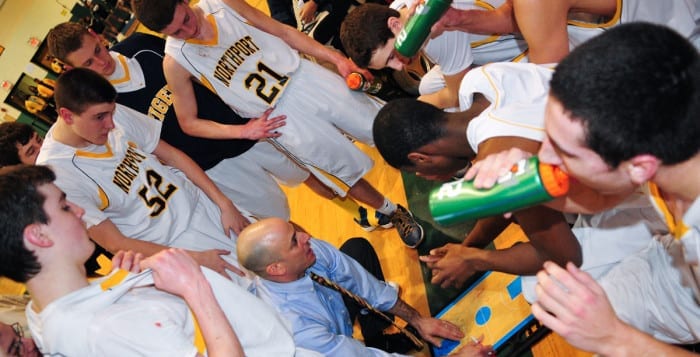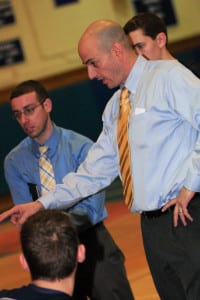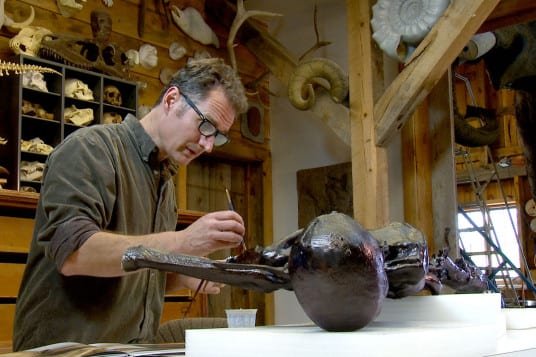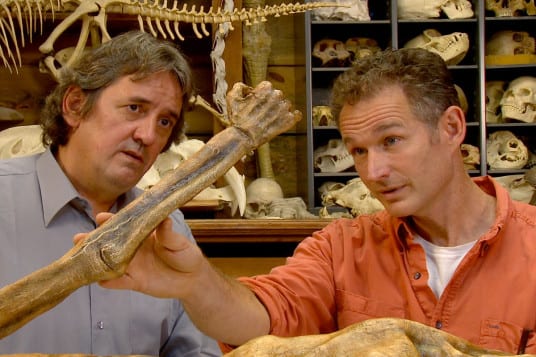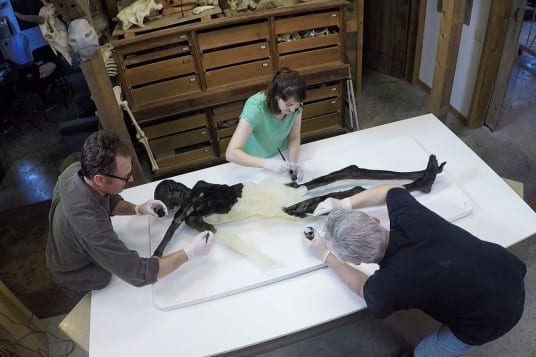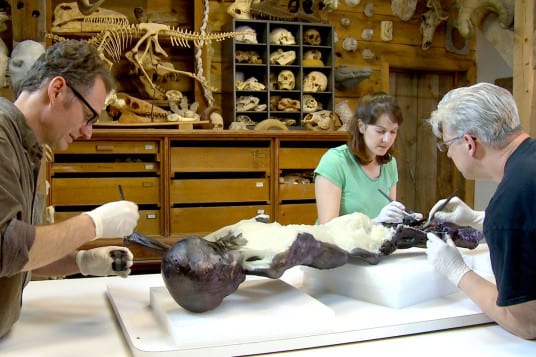The Huntington Town Board of Ethics & Financial Disclosure added its final two members last week, bringing the committee back to its full size after a few years of vacant seats.
Sam Miller and Sheryl Randazzo, who are both Huntington residents, joined the Ethics Board at a Feb. 10 town board meeting, and said they are eager to contribute.
“I view it as community service,” Randazzo said in a phone interview.“I’ve been involved professionally with matters of ethics my entire adult life. I’m looking forward to it.”
Randazzo is a practicing attorney with offices in Huntington and Manhattan. She is a former president of the Suffolk County Bar Association.
Miller, on the other hand, is the vice chair of the Huntington Arts Council. He also has about 30 years of experience in public service positions related to human rights, housing and community development, including a stint on the board of commissioners of the Huntington Housing Authority.

“It’s humbling,” Miller said in a phone interview, about serving on the Ethics Board. “I love the town and citizens dearly.”
At the beginning of 2015, the Ethics Board was operating with two vacancies, following the resignations of Roger Ramme and Stanley Heller. Ramme stepped down to take on the position of town assessor and Heller resigned after writing a letter to the board saying he spends most of his time in Florida. Edward William Billia filled one of the vacancies in 2015, but a third opened up when Dean Howard Glickstein resigned. The board hasn’t had five members since 2014.
Throughout the last year, the community has voiced concerns about aspects of the Ethics Board, including how often they meet and their level of transparency with the public. Changes were made as a result of those criticisms, increasing meetings to four times a year rather than once annually and comprehensively updating the code of conduct for town employees.
“I welcome these two distinguished Huntington residents to the Ethics Board and thank them for their willingness to serve,” Huntington Town Supervisor Frank Petrone (D) said in a press release. “I look forward to their efforts in implementing the provisions of the Town’s new ethics code.”
Randazzo believes her career path has given her a perfect foundation to serve on the Ethics Board.
“Before law school, issues pertaining to ethics have always been something that I’ve focused on,” she said. “I think the fit is that it has been at the forefront of my professional career.”
Randazzo also said she does not have any specific agenda in mind heading into her new position, and she will take the issues and challenges as they come.
According to Miller, his past professional experiences should provide him with a helpful viewpoint, despite being brand new to the job.
“I’m going in, as Clyde Frazier always says, a neophyte,” Miller said laughing, giving a nod to the colorful New York Knicks television announcer.
But Miller finds his new role to be an important one.
“I think that one of the things that we’re always looking for in a civil society is civility,” he said. “Our abilities to settle differences and to bring commonalities to people would help to resolve a lot of issues.”
Miller and Randazzo join Louis C. England, Ralph W. Crafa and Edward William Billia on the board.
Miller’s term runs until Dec. 31, 2017, and Randazzo’s ends a full year later. There is no salary for the position.

